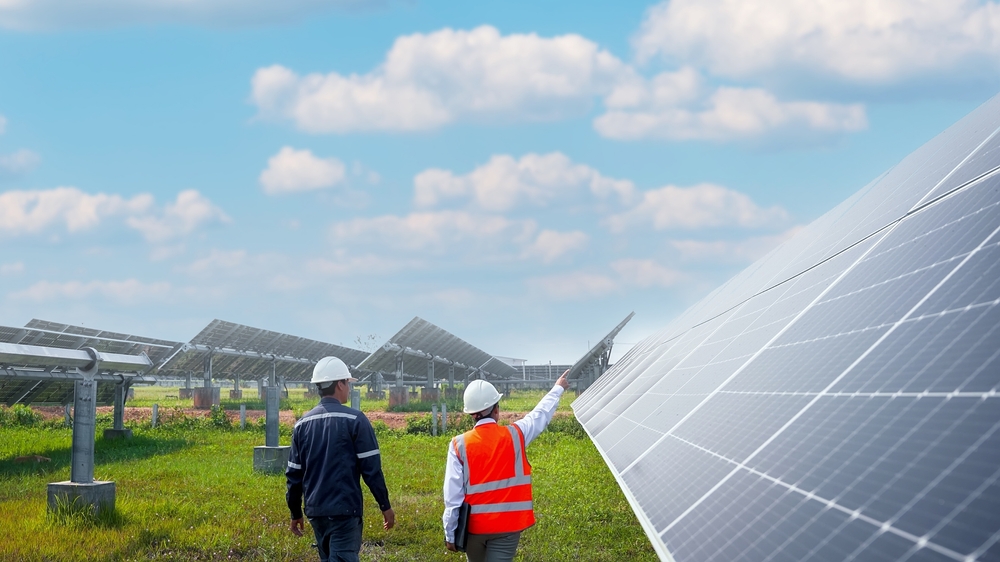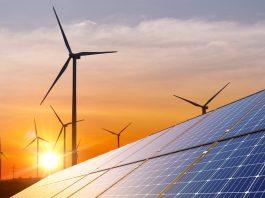A new report from the International Energy Agency (IEA) predicts that global electricity demand is set to increase significantly in the coming years.
The IEA’s Electricity Mid-Year Update finds that demand for electricity worldwide is rising at its fastest rate in years – among the highest levels in the past two decades.
Robust economic growth, increasing heatwaves, and uptake of clean technologies like electric vehicles and heat pumps are cited as reasons for rising electricity demand.
Additionally, the report also found that the use of renewable energy is rising dramatically, most notably solar PV, which is on course to meet half of the increasing energy demand.
Keisuke Sadamori, IEA Director of Energy Markets and Security, explained: “Growth in global electricity demand this year and next is set to be among the fastest in the past two decades, highlighting the growing role of electricity in our economies as well as the impacts of severe heatwaves.
“It’s encouraging to see clean energy’s share of the electricity mix continuing to rise, but this needs to happen at a much faster rate to meet international energy and climate goals.
“At the same time, it’s crucial to expand and reinforce grids to provide citizens with secure and reliable electricity supply – and to implement higher energy efficiency standards to reduce the impacts of increased cooling demand on power systems.”
Global electricity demand surge
Global electricity demand is expected to grow by around 4% in 2024, up from 2.5% in 2023, according to the report.
This would mark the highest annual growth rate since 2007, excluding rebounds from the global financial crisis and the COVID-19 pandemic. The strong increase is set to continue into 2025, maintaining a growth rate of around 4%.
Regional energy demand trends
Major trends in global electricity demand include:
- India: Electricity demand is expected to surge by 8% in 2024, driven by economic activity and severe heatwaves.
- China: Demand growth of more than 6% is anticipated due to robust services and industrial sectors, including clean energy technology manufacturing.
- United States: After a decline in 2023, demand is forecast to rebound by 3% in 2024 due to steady economic growth, increased cooling demand, and an expanding data centre sector.
- European Union: Modest recovery in demand is expected, with 1.7% growth following two years of contraction from the energy crisis.
Rapid expansion of renewable energy sources
Renewable electricity sources are projected to expand significantly in 2024 and 2025. Their share of global electricity supply is forecast to rise from 30% in 2023 to 35% in 2025.
By 2025, electricity generated from renewables is expected to surpass coal-generated electricity for the first time.

Solar PV alone is predicted to account for about half of the growth in global electricity demand during this period, with solar and wind combined meeting up to three-quarters of the growth.
Coal and emissions outlook
Despite the rise in renewables, global coal power generation is unlikely to decline in 2024 due to strong demand growth in China and India.
Consequently, CO2 emissions from the global power sector are plateauing, with a slight increase in 2024 followed by a decline in 2025.
Chinese hydropower production’s recovery in early 2024 may reduce coal-fired power generation if the trend continues, potentially leading to a slight decrease in global power sector emissions in 2024.
Impact of heatwaves and air-conditioning
Increasing use of air-conditioning, spurred by intense heatwaves in the first half of 2024, is a significant driver of electricity demand. This has elevated demand and strained electricity systems in multiple regions.
Data centres and AI
The rise of artificial intelligence (AI) has increased the focus on the electricity demand of data centres.
The report emphasises the need for more reliable data and better tracking measures due to uncertainties in AI deployment, its diverse uses, and potential energy efficiency improvements.
Accurate data collection is crucial for understanding past developments and forecasting future trends in the data centre sector.








